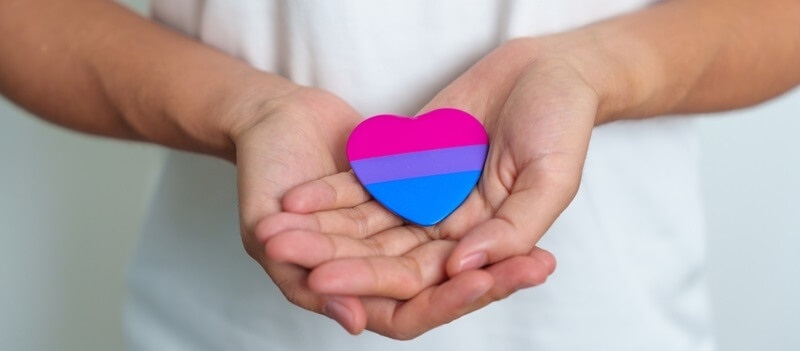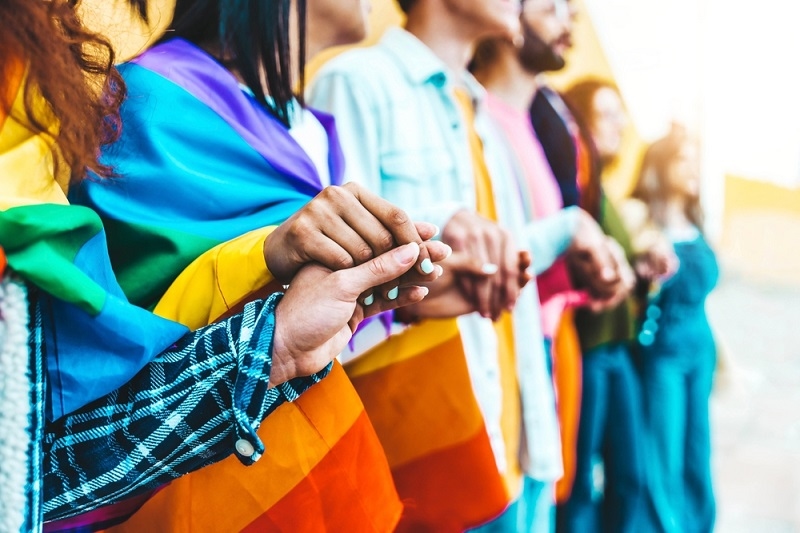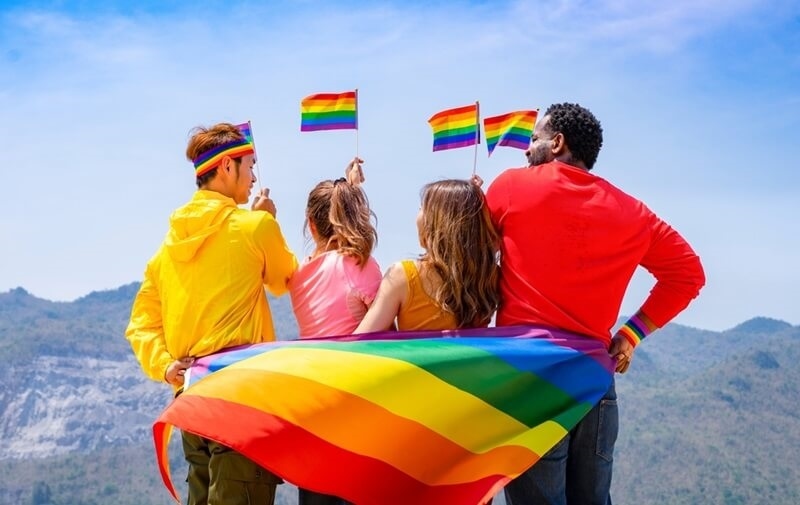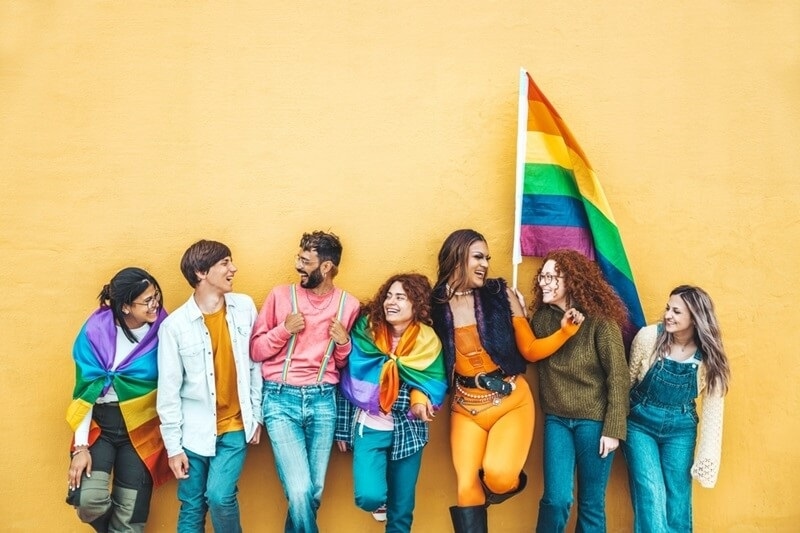An Overview Of LGBTQ Rights In The United States

LGBTQ rights (Lesbian, gay, bisexual, transgender, and queer) in the United States have changed dramatically over time. Several actions have taken place for their upliftment and betterment, but still, there are LGBTQ individuals who encounter legal hurdles that non-LGBT citizens do not face. Several laws were abolished, and many were formed, keeping in mind the community and the hurdles they have to go through. Read this article if you are interested in knowing more about LGBTQ rights and how they have evolved. Here we are going to discuss five significant rights that you must be aware of. So, scroll down and learn.
1. Legality Of Same-Sex Sexual Activity
On June 26, 2003, as a verdict of the case Lawrence vs. Texas, the Supreme Court concluded that intimate consensual sexual behavior is part of the liberty guaranteed by substantive due process under the Fourteenth Amendment. In simpler words, the court
legalized the sexual acts among persons of the same sex all across the country. Before that, such activities or sexual behaviors were considered illegal in fourteen U.S. states, Puerto Rico, and the U.S. military. However, in the aftermath of the Lawrence v. Texas case verdict, such activities became legal and twenty-nine states, the District of Columbia, and five territories repealed their respective sodomy prohibitions by legislative action. While several destinations accepted the LGBTQ community, the fourteen states still have not formally abolished the law or have not amended them to reflect their real breadth correctly.
2. Marriage Recognition For LGBTQ Couples
There are different LGBTQ rights for marriage and adoption in the US. If we talk about marriage, the movement for its rights and benefits for the LGBTQ community started in 1970 but wasn’t implemented for more than 30 years. Later in 2004, the Supreme court took the decision of legalizing same-sex marriage, and six months later, Massachusetts legalized it and became the first in the US and sixth jurisdiction in the world to take this decision. After that, several states started opting for the same, and in some time, the number of such states rose to 36. However, some states were still left to accept LGBTQ marriages. Then, on June 26, 2015, in the case of Obergefell v. Hodges, Supreme Court gave the verdict and asked all states to authorize and recognize same-sex marriages. As a result, all 50 states of the US permitted LGBTQ couples to marry each other.
3. LGBT Child Adoption
Child adoption is another important LGBTQ right that we must discuss. In 1999, the American Civil Liberties Union (ACLU) stated that they wouldn’t find any evidence against child adoption by lesbians or gays couples. They published that same-sex people are fit and can raise a child just as a non-LGBTQ couple. Despite this, until 2017, some states banned the adoption of children by same-sex couples. The law related to it varied by state, where some granted full adoption rights to LGBTQ couples and others had a complete ban. The tables turned on June 26, 2017, when the United States Supreme Court overturned an Arkansas Supreme Court decision that upheld a statute that listed parents by gender on birth certificates. They imposed the new SCOTUS rule that permitted same-sex spouses to be recorded on birth certificates. This made LGBTQ child adoption legal in all 50 states.
4. Transgender Rights
On April 11, 2022, a decision was taken in favor of the LGBTQ community, and the US Passports authority stated to include self-declared sex/gender options. However, discrimination still exists. Despite all the LGBTQ rights, the transgender community, in particular, faces significant discrimination in the form of violence and hate crimes, sexual assault, employment discrimination, bullying, harassment, disproportionate rates of arrest and incarceration, airport security humiliation, and governmental/bureaucratic barriers to transitioning, etc. Such discrimination and injustice result in their indulgence in survival crimes like sex work. This aims to fight economic oppression and discrimination. Later, several actions were taken place by the transgender community to fight against the discrimination, and on June 15, 2020, the Supreme Court of the United States (SCOTUS) concluded that discrimination based on transgender status is equally discrimination based on sex. Till today, LGBTQ community is fighting for the rights of transgender people in the US.
5. Intersex Rights
In the US, intersex people enjoy some of the same rights as other people in the country. However, there are still some substantial gaps in LGBTQ rights, notably when it comes to protection from non-consensual cosmetic medical procedures, abuse, and discrimination. In order to treat them, society forces them to undergo medical surgeries when they are born or are young. Some are also forced to put on hormones. This is why the law was passed to put off these surgeries until the child turns into an adult to comprehend and take active participation in decision making. Such actions were aimed to prevent harmful behaviors while also promoting societal acceptance and equality.
These are the five significant rights that you must know about. Even though the Supreme Court in the US gave the verdicts and these rights were formed, the LGBTQ community still continues to face legal and social challenges that others don’t have to experience. This makes it the need of the hour to fight back and ask for LGBTQ rights.
If you find this article helpful and want to learn more about the LGBTQ community, you must visit gaycommunity.com.























